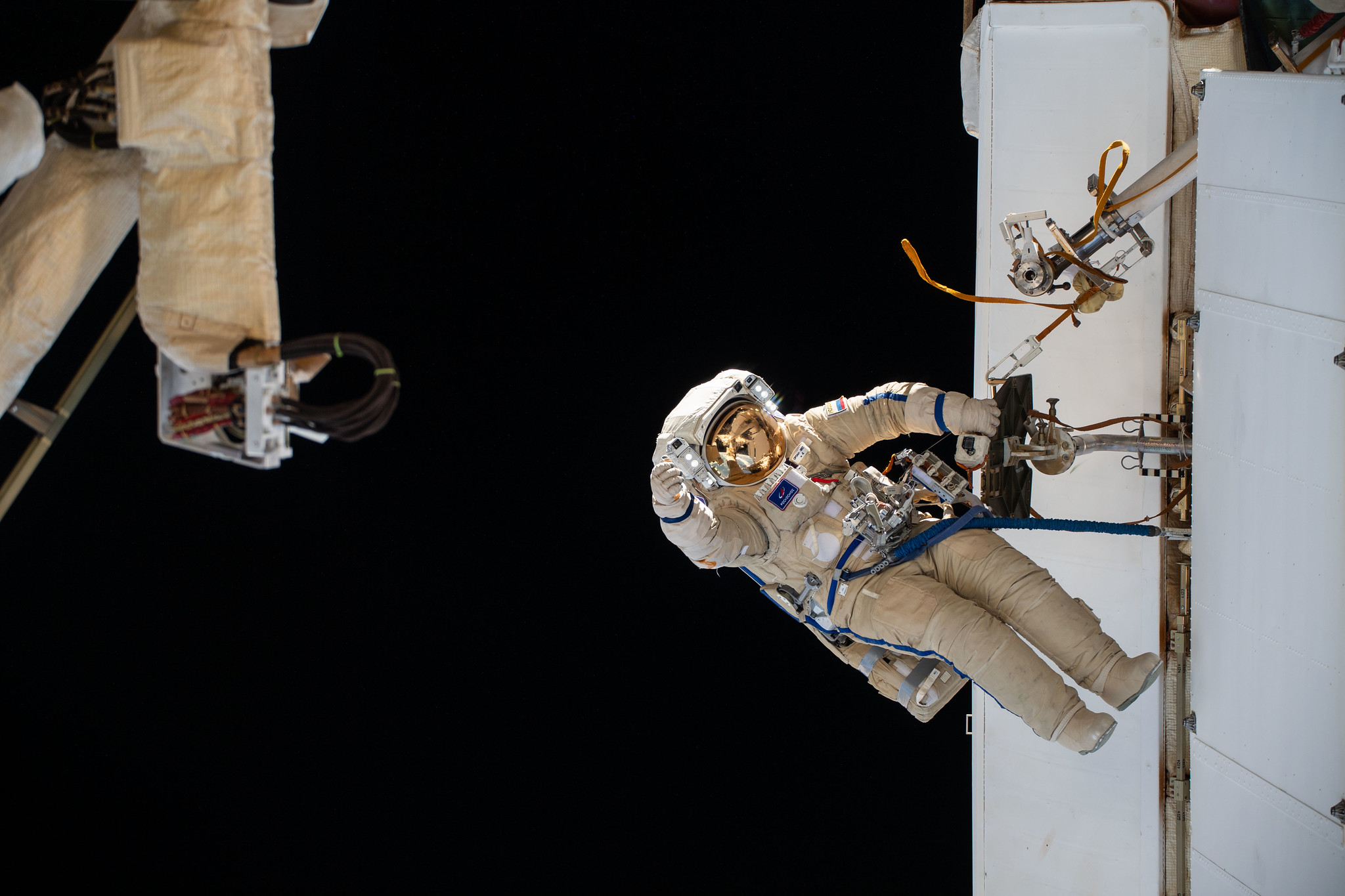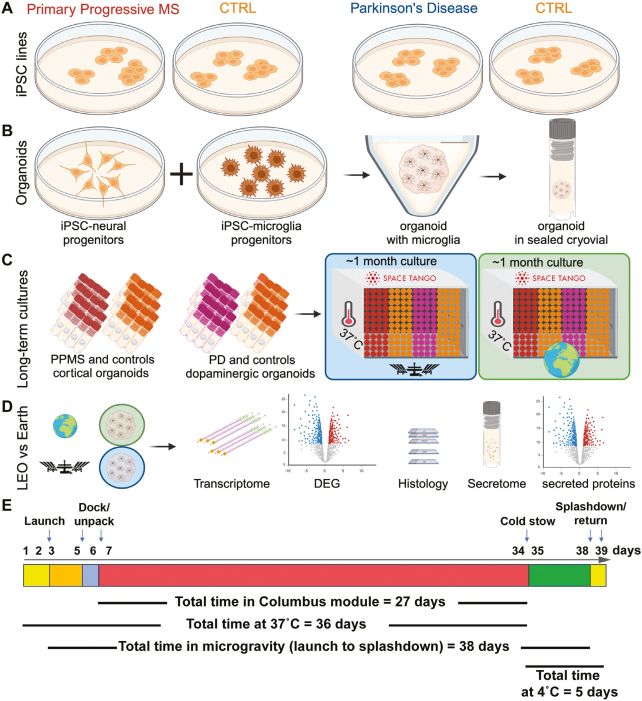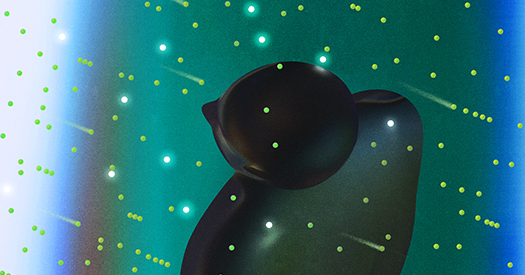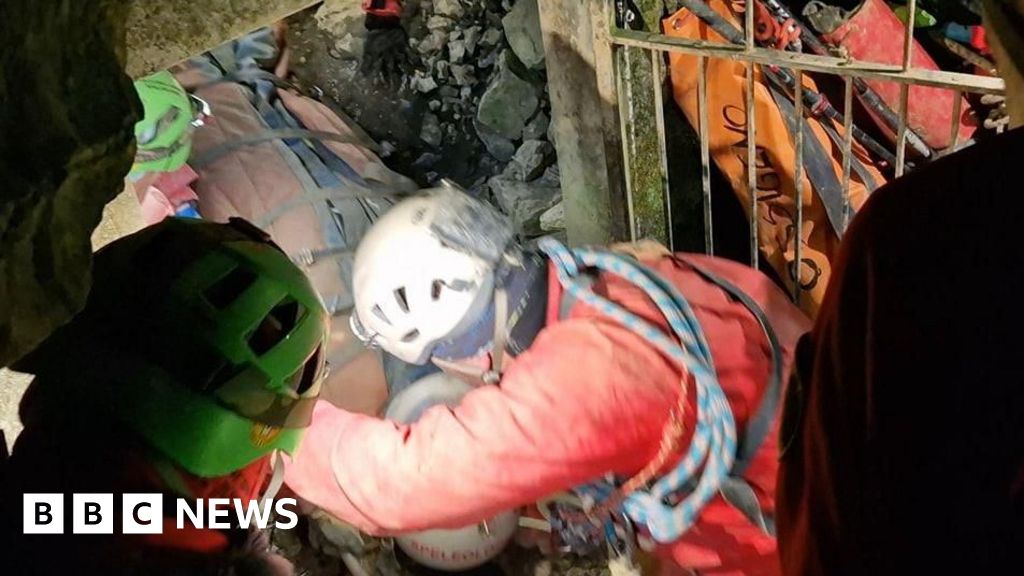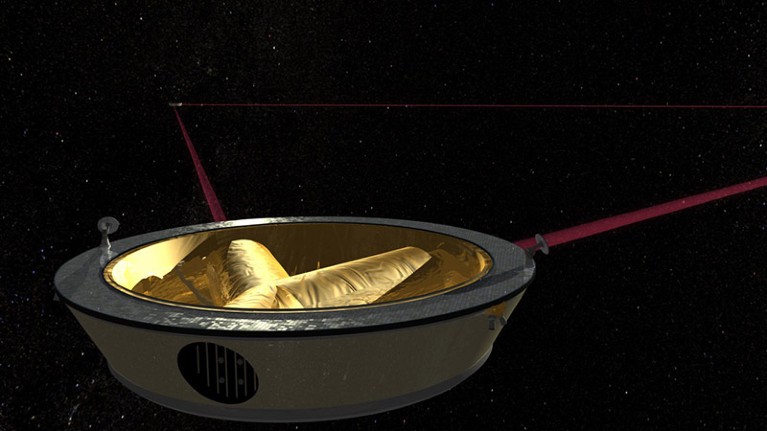
An artist’s impression of a LISA mission spacecraft. Three such satellites will make a triangle formation in orbit around the Sun.Credit: NASA
The European Space Agency (ESA) has approved the first space experiment to detect gravitational waves. Named the Laser Interferometer Space Antenna (LISA), it will utilize precise laser beam timing across 2.5 million kilometers of the Solar System to search for massive ripples in space-time created by supermassive black hole mergers and other cosmic events. The multibillion-euro mission is set to commence construction in 2025, with a scheduled launch in 2035. According to Valeriya Korol, an astrophysicist at the Max Planck Institute for Astrophysics in Garching, Germany, and a member of the LISA collaboration, it will provide insights into gravitational-wave sources that are only observable by LISA. She describes it as “extremely exciting”.
 How gravitational waves could solve some of the Universe’s deepest mysteries
How gravitational waves could solve some of the Universe’s deepest mysteries
LISA’s large scale will enable it to observe gravitational waves with lower frequencies than those detectable on Earth. This will allow the mission to identify phenomena such as massive black holes orbiting each other, which are further apart and more massive than those detected by the ground-based Laser Interferometer Gravitational-Wave Observatory (LIGO), the facility which initially detected gravitational waves in 2015. The project has a long history, as Karsten Danzmann, leader of the LISA Consortium and director of the Max Planck Institute for Gravitational Physics in Hanover, Germany, noted that he first proposed LISA 31 years ago. The experiment involves measuring the distance traveled by laser light between two objects millions of kilometers apart, with an accuracy of one trillionth of a meter, while the movement of the objects is only influenced by space-time itself. LISA will consist of three identical spacecraft, each housing a 4.6-centimeter floating cube of gold and platinum, flying in an equilateral-triangle formation in orbit around the Sun. By using lasers to measure the distance between the cubes in each craft, LISA will be able to detect when gravitational waves stretch space-time between them.
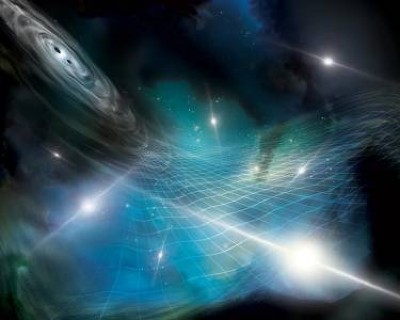 Giant gravitational waves: why scientists are so excited
Giant gravitational waves: why scientists are so excited
Complementing Earth-based experiments, LISA’s extensive scale will allow it to detect the gravitational waves produced by merging supermassive black holes and signals from systems at earlier stages of collision than detectable by LIGO. It should also be capable of capturing new phenomena, including the spiraling of colliding white-dwarf stars and systems with differently sized merging black holes. Moreover, LISA could potentially detect a background noise of gravitational waves from the early Universe and signals from the first black holes, aiding in measuring changes in the Universe’s expansion rate. China also intends to launch a space-based gravitational-wave detector in the 2030s. The development of LISA supports the case for such a mission and it is considered a significant milestone for the scientific community.



